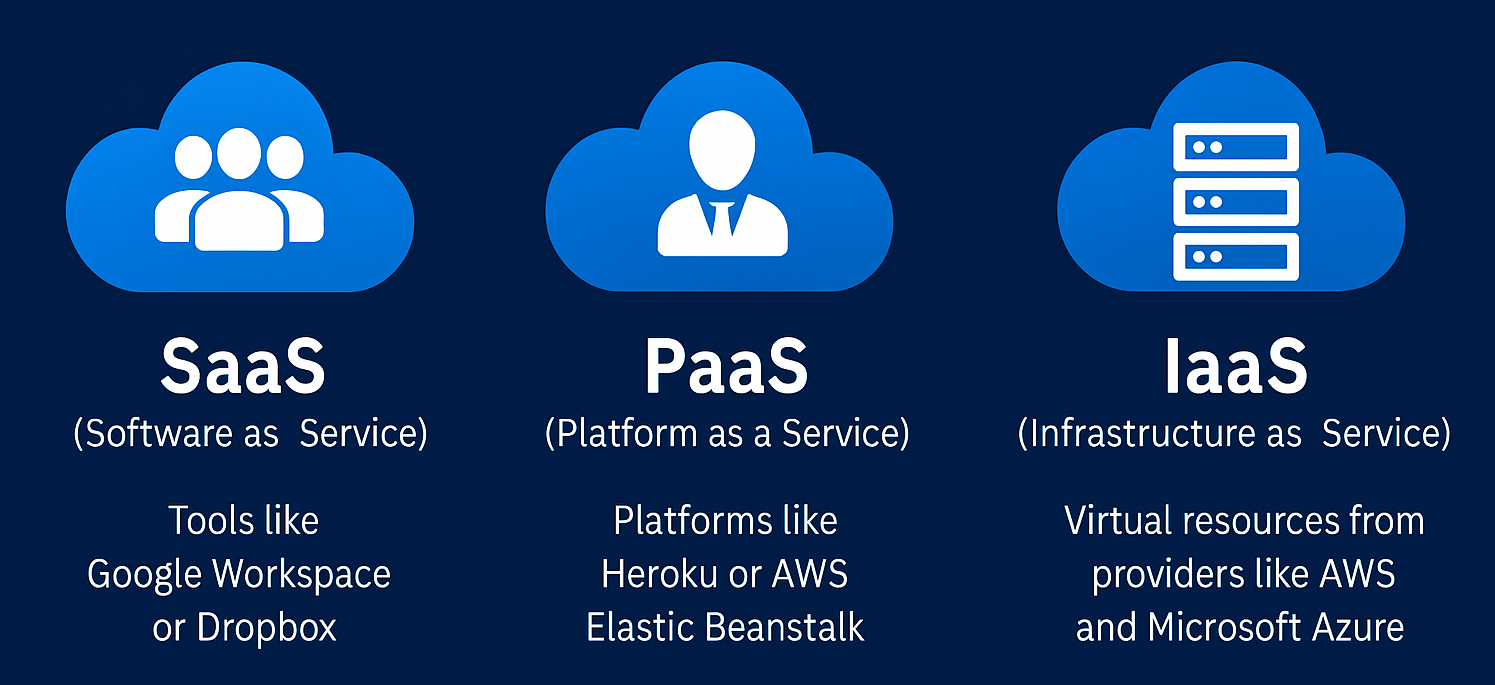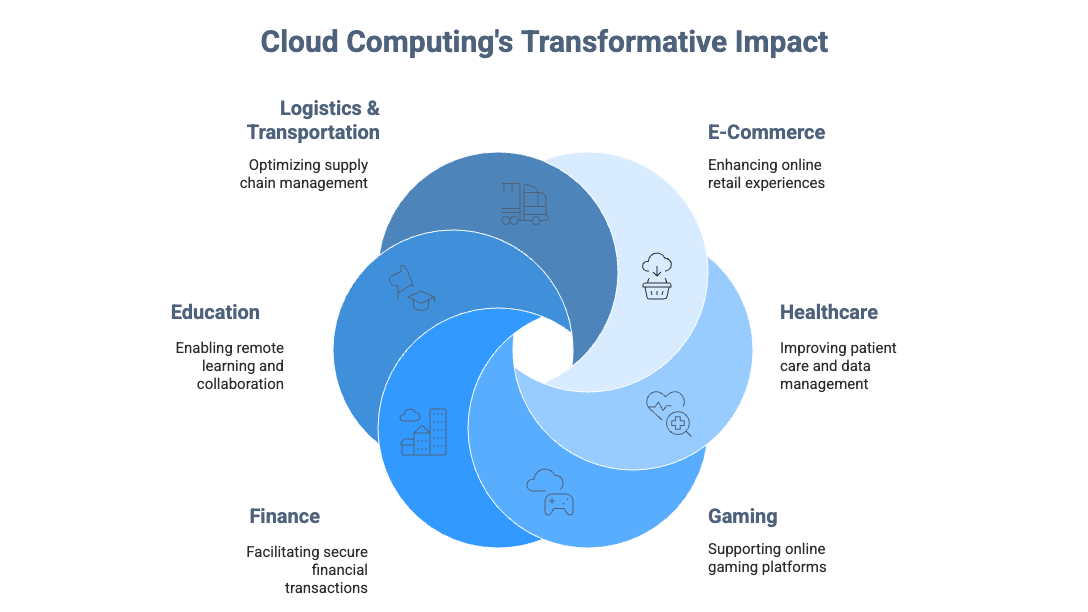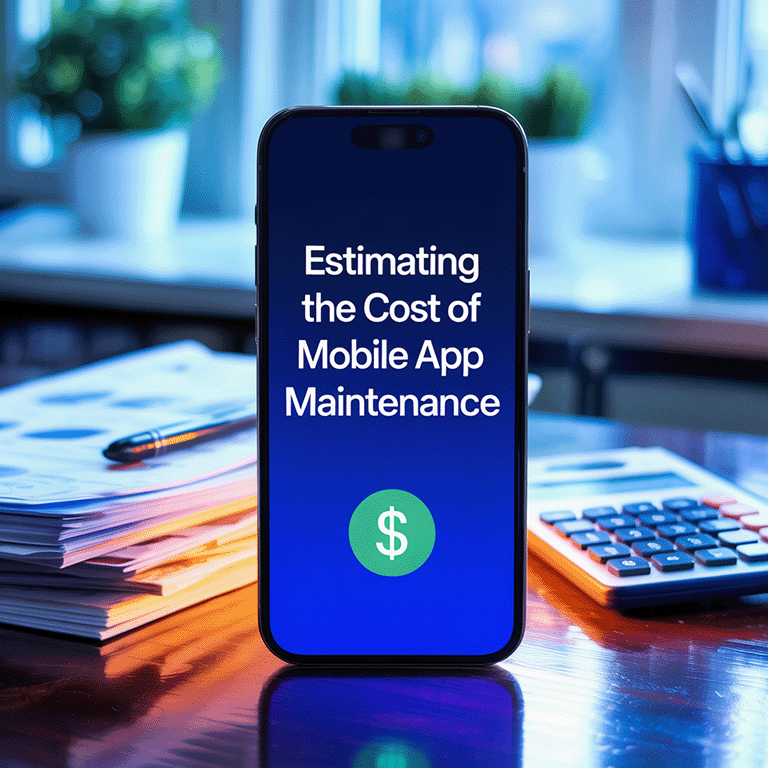More than 85% of companies are anticipated to implement a cloud-first strategy by 2025. Why? Because the cloud is the foundation of digital transformation and is no longer just a trendy term. Whether you’re streaming your favourite show, scheduling a doctor’s appointment online, or managing a worldwide e-commerce business, you’re working with the cloud.
However, what is cloud application development exactly? And why is it a topic of conversation?
This article explains what cloud-based apps are, why they will be more important than ever in 2025, and how organisations like LITSLINK are assisting teams in creating resilient and scalable software for the future.
What Is Cloud Application Development?
In cloud computing, application development is the process of developing applications that use scalable, on-demand computing resources to operate in a cloud environment. Because platforms are easily accessible, this approach facilitates collaboration, speeds up development, and makes integration and scalability simple. However, how do these applications operate?
Does an app function fully on a customer’s mobile device if it is developed by the company and downloaded by the customer? Of course not; this is where contemporary apps’ cloud features come into play. Data and computation cycles for contemporary applications are typically kept in a distant data centre that is frequently managed by a third-party provider. However, what does this signify, and what are the advantages of this configuration?
What is the cloud?
Instead of using your local computer to store, manage, and process data, the cloud is a network of distant servers. Instead of owning actual servers, consider it as “renting” digital space and power.
In its most basic form, the cloud is a global network of data centres and servers that store data. Thanks to the cloud, you can store all of your files on this digital storage device. In essence, you can store all of your files on this digital storage device.
Cloud application development meaning
The process of planning, creating, testing, and implementing software applications that run in cloud environments is known as cloud application development. Cloud apps, in contrast to traditional software, can scale easily as needed and run on a variety of platforms and devices.
Why it matters:
- Grows with you — No need to buy more servers or storage. Cloud apps scale automatically.
- Lives anywhere — Users can access apps from mobile, desktop, or tablet—anytime, anywhere.
- Saves cash — Pay only for what you use, avoiding the overhead of legacy infrastructure.
Types of Cloud-Based Applications:

- SaaS (Software as a Service): Tools like Google Workspace or Dropbox.
Customers can access and utilize a complete application stack as a service from SaaS. The cloud service provider manages and maintains the ready-to-use apps that are a common feature of SaaS solutions.
- PaaS (Platform as a Service): Platforms like Heroku or AWS Elastic Beanstalk.
PaaS provides and oversees software and hardware resources for creating, testing, deploying, and maintaining cloud applications. In their PaaS offerings, providers usually include cloud databases, development tools, and middleware.
- IaaS (Infrastructure as a Service): Virtual resources from providers like AWS and Microsoft Azure.
Infrastructure resources like computing, storage, networking, and virtualisation are made available on demand by IaaS. Although the infrastructure is owned and run by the service provider with Infrastructure as a Service (IaaS), clients are responsible for purchasing and managing software, including middleware, operating systems, data, and applications.
Whether it’s using Google Cloud for data analytics to improve healthcare, Netflix to stream our favourite shows, or Salesforce to redefine customer relationships, cloud computing is at the core of it all. With previously unthinkable scalability, cost-effectiveness, and accessibility, the cloud has emerged as a driving force for innovation.
Why Cloud Apps Are Taking Over
Simply said, moving an application to the cloud entails running it “somewhere” on the internet as opposed to on your servers. There are several options, of course. The entire app-platform bundle could be deployed to a cloud infrastructure (Infrastructure as a Service, or IaaS) after your app is developed on your platform. A specific middleware platform could be used to develop your application, which could then be deployed to a cloud service that supports the same platform (Platform as a Service, or PaaS). Alternatively, you could use an existing cloud-based application on a pay-as-you-go or subscription basis (Software as a Service, or SaaS) if it had the functionality you required.
In 2025, application development in cloud computing isn’t a nice-to-have—it’s a must. Here are some drivers of the cloud revolution that make the cloud a necessity:
- Speed: Developing cloud applications means rapid prototyping, deployment, and iteration. You can ship updates weekly, even daily.
- Scalability: Need to support 100 users or 10 million? No problem. Cloud apps scale up (or down) without breaking a sweat.
- Remote Collaboration: With distributed teams becoming the norm, cloud based application development allows everyone to contribute in real-time.
- Innovation: The cloud enables AI, IoT, and big data integrations that would be nearly impossible (or insanely expensive) on-premises.
The Now Factor
In 2025, application development on cloud platforms is how businesses stay ahead of the curve. Traditional systems are slow, clunky, and expensive. Cloud apps? Fast, light, and endlessly customizable.
Because of the strong business case, businesses are increasingly deploying apps in the cloud. Forward-thinking businesses will discover new ways to turn the opportunities for increased agility, focus, and cost savings into a competitive advantage as organisations gain experience with cloud migration. I hope your cloud migration is quick, easy, and successful in the interim.
What’s It Look Like in Action?
Let’s take a look at real-world examples of cloud computing application development:

- E-Commerce: Online stores rely on cloud apps to manage inventory, process payments, and handle global traffic. Think Shopify or Magento running in the cloud.
- Healthcare: Patient records, telemedicine, and diagnostics all benefit from cloud based app development for secure and fast access.
- Gaming: Massive multiplayer worlds and real-time gameplay are powered by cloud infrastructure—no lag, no crashes.
- Finance: Online banking and fintech apps use the cloud for secure transactions, fraud detection, and data analysis.
- Education: Platforms like Coursera or Duolingo scale to millions of learners via cloud hosting.
- Logistics & Transportation: Real-time tracking, fleet management, and automated dispatch systems are all made possible through cloud-based systems.
The industries may differ, but the core benefit is the same: agility, performance, and user satisfaction. Cloud computing is a game-changer for engineers and businesses, not just a technical breakthrough.
Wrap-Up: Cloud’s the Future, and It’s Here
What exactly is cloud application development, then? It’s how we create software that is adaptable, scalable, and prepared for the future. The advantages are obvious, ranging from speed to cost savings. Furthermore, there is no turning back in 2025.
Cloud-based application development is LITSLINK’s lifeblood. It enables companies to innovate without boundaries, move quickly, and serve users worldwide. The cloud opens up a whole new world of possibilities, whether you’re an enterprise modernising legacy infrastructure or a startup hoping for quick growth. Cloud-native development is the best option because of its capacity to deliver smooth user experiences, integrate with state-of-the-art technologies, and adjust to changes in the market.
Whether you’re looking for SaaS, PaaS, or IaaS solutions, we at LITSLINK can help you achieve your objectives because we understand the complexities of cloud app development. Our team’s experience in everything from mobile-first cloud apps to AWS development services guarantees that your product is not only useful but also future-proof.
Curious about cloud-based app development? Contact us.





